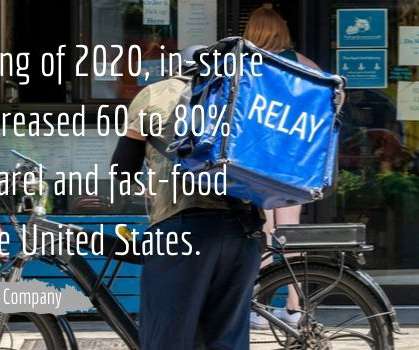Why the Supply Chain Matters to Business Success
Logistics Bureau
NOVEMBER 3, 2024
Of course, it is helpful to have some statistics on hand to validate the statement above. According to a survey by Deloitte from 2014, 79% of companies with high-performing supply chains achieve revenue growth superior to the average within their industries. If you want business success (and who doesn’t?),
















Let's personalize your content